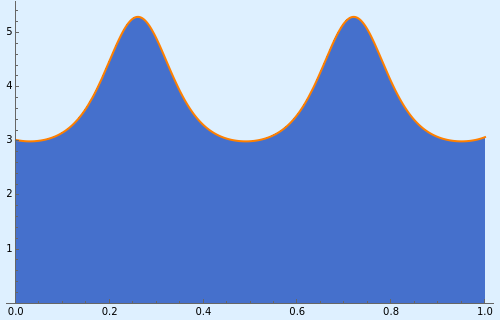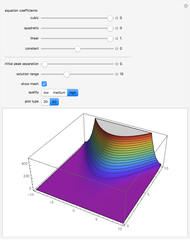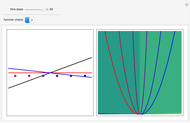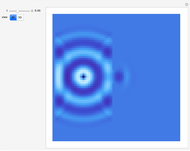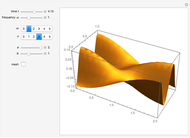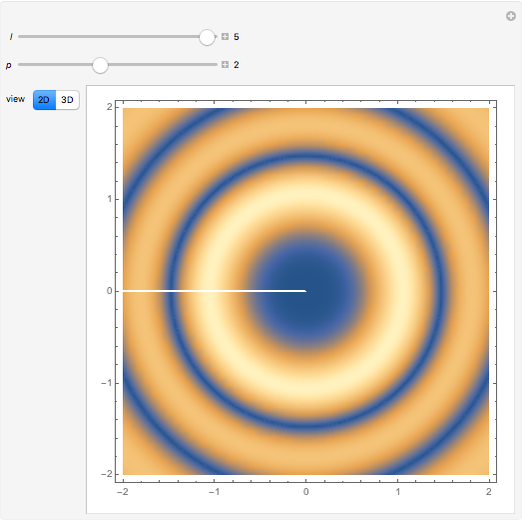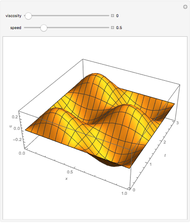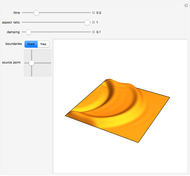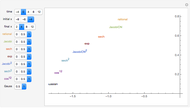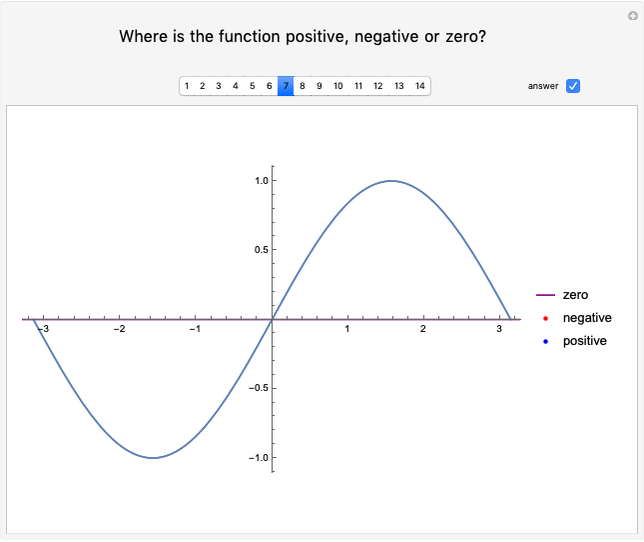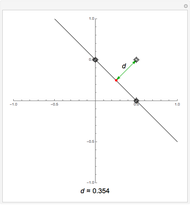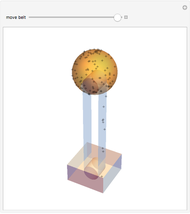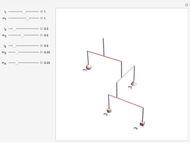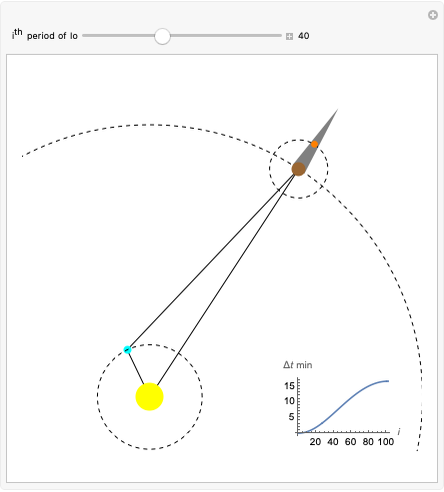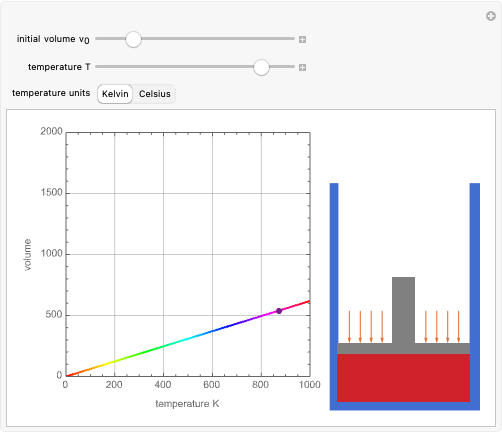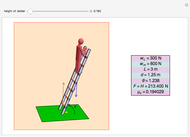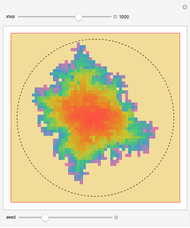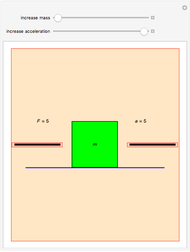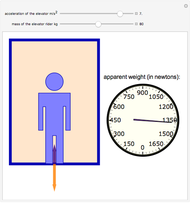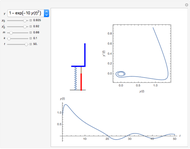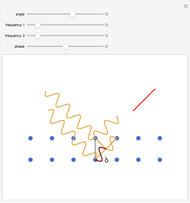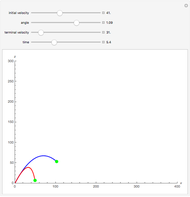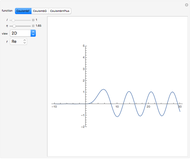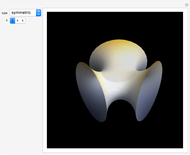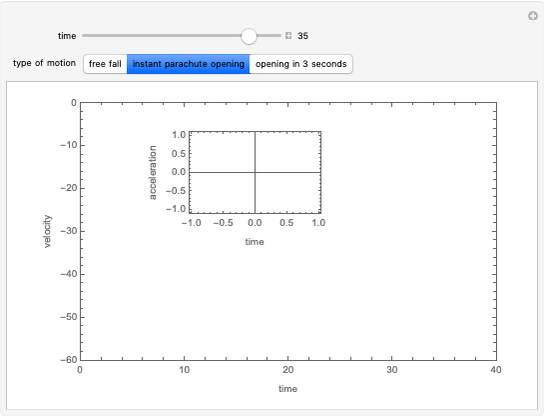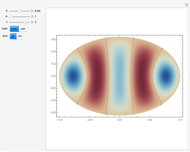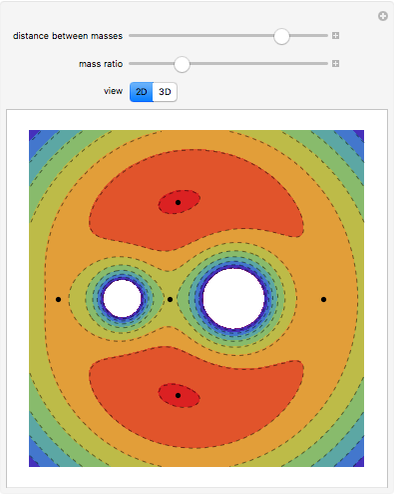Cnoidal Waves from Korteweg-de Vries Equation

Requires a Wolfram Notebook System
Interact on desktop, mobile and cloud with the free Wolfram Player or other Wolfram Language products.
A cnoidal wave is an exact periodic traveling-wave solution of the Korteweg–de Vries (KdV) equation, first derived by them in 1895. Such a wave describes surface waves whose wavelength is large compared to the water depth.
Contributed by: Enrique Zeleny (May 2013)
Open content licensed under CC BY-NC-SA
Snapshots
Details
The surface elevation of a cnoidal wave takes the form
 ,
,
where  is the elevation,
is the elevation,  is the wave height,
is the wave height,  is the phase velocity (the rate at which the phase of the wave propagates),
is the phase velocity (the rate at which the phase of the wave propagates),  is the wavelength, and
is the wavelength, and  is the Jacobi elliptic function (hence the name cnoidal).
is the Jacobi elliptic function (hence the name cnoidal).  is the complete elliptic integral of the first kind, with
is the complete elliptic integral of the first kind, with  being the elliptic parameter that for large values produces smoother troughs and more pronounced crests than in the case of a sine wave.
being the elliptic parameter that for large values produces smoother troughs and more pronounced crests than in the case of a sine wave.
Reference
[1] Wikipedia. "Cnoidal Wave." (May 16, 2013) en.wikipedia.org/wiki/Cnoidal_wave.
Permanent Citation
